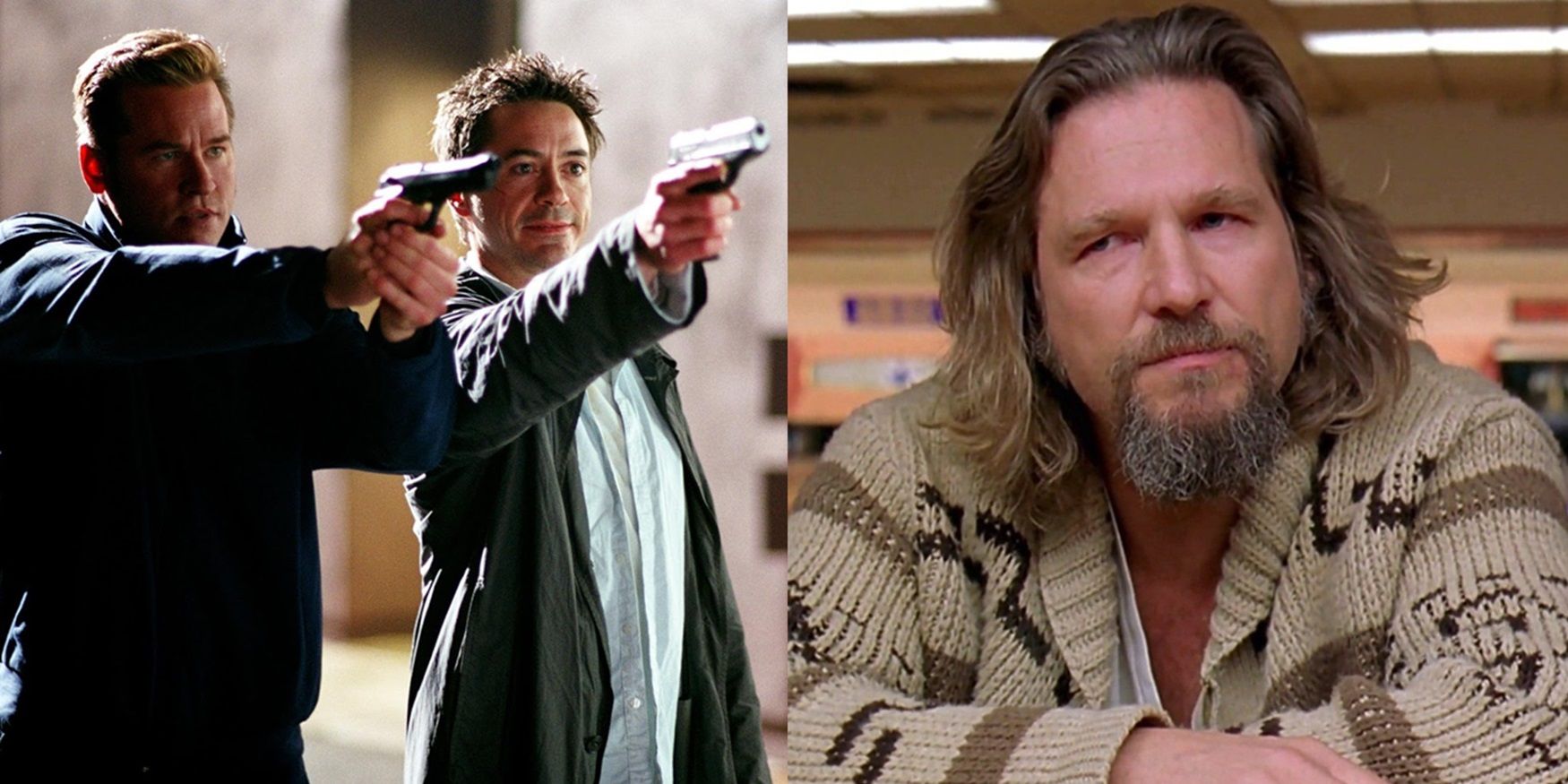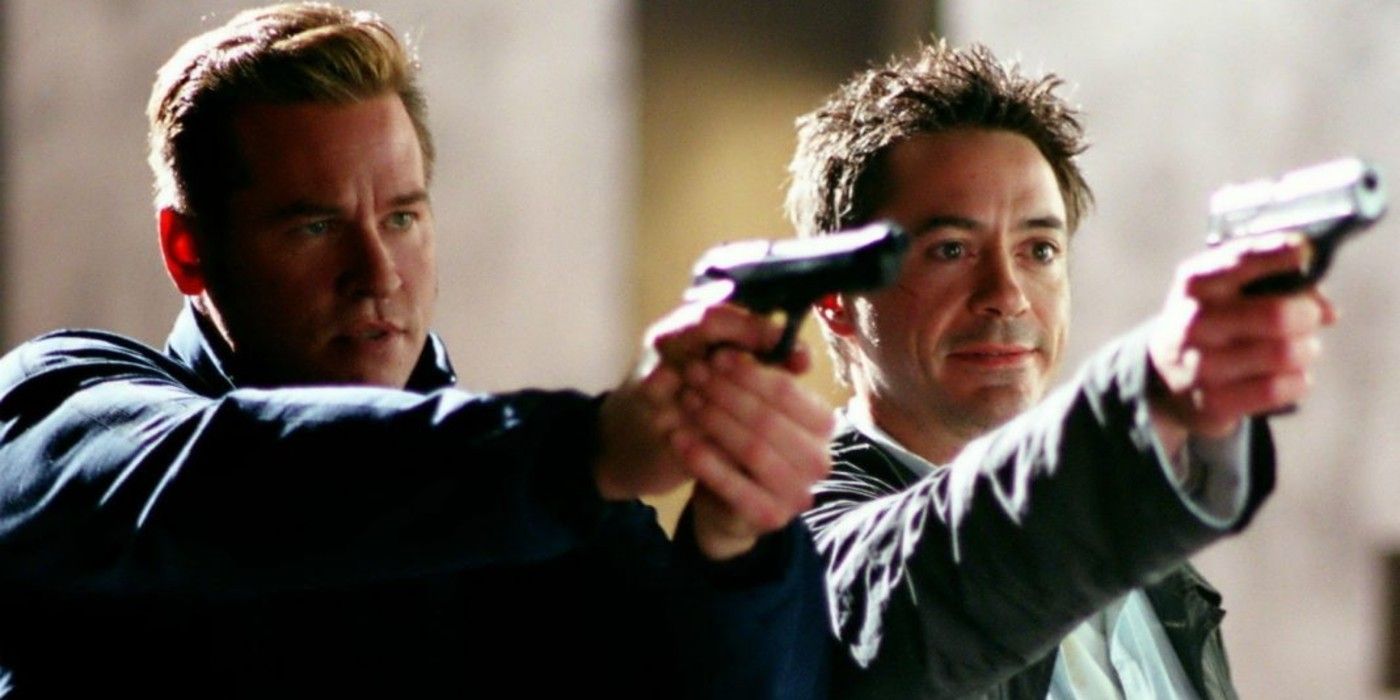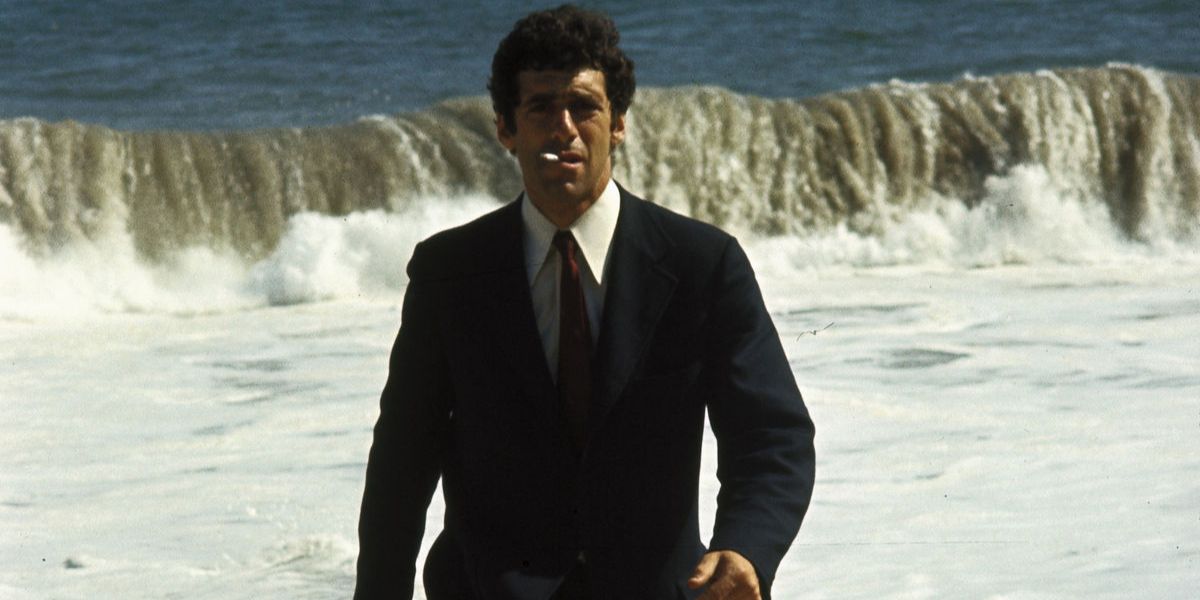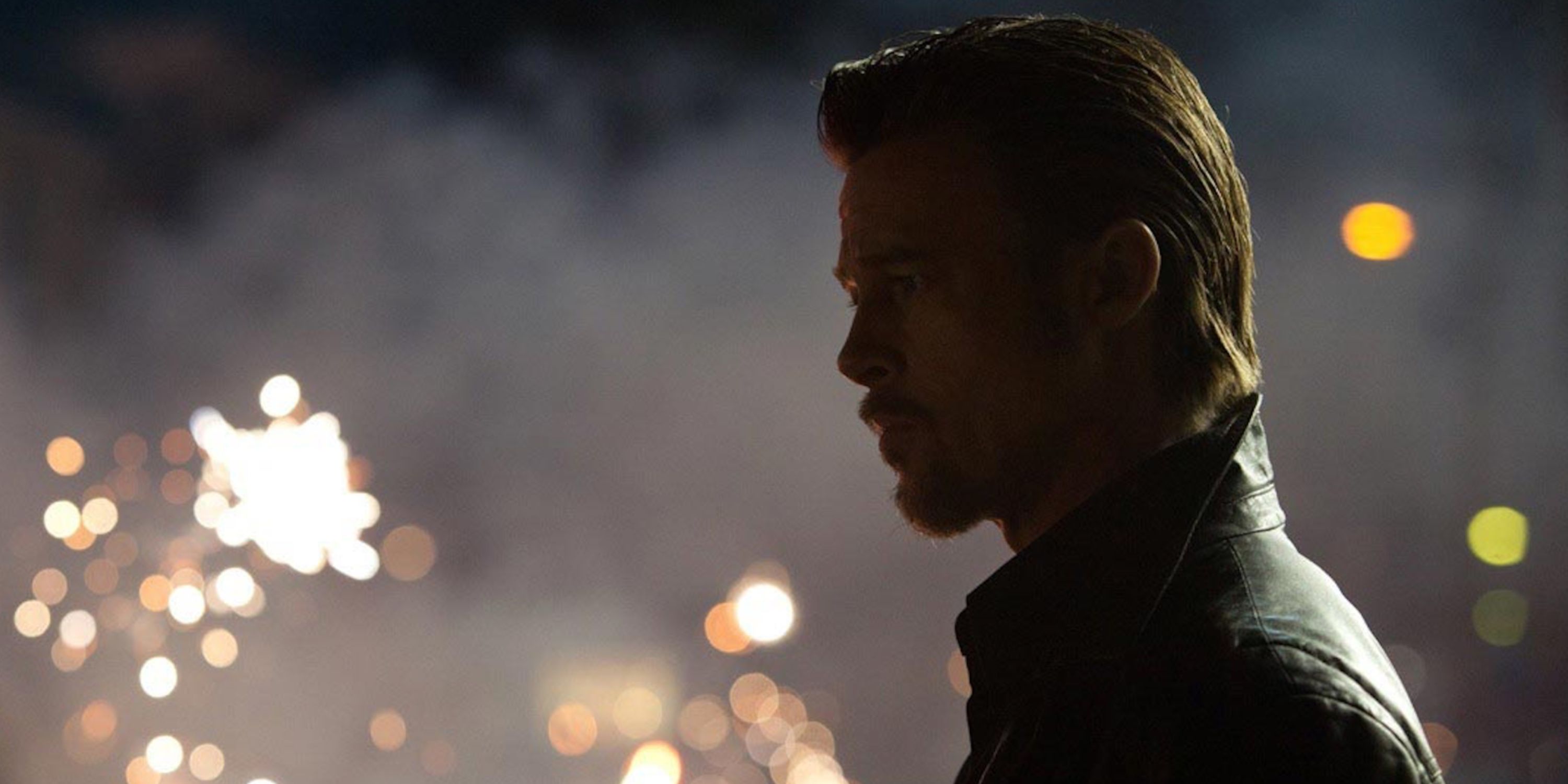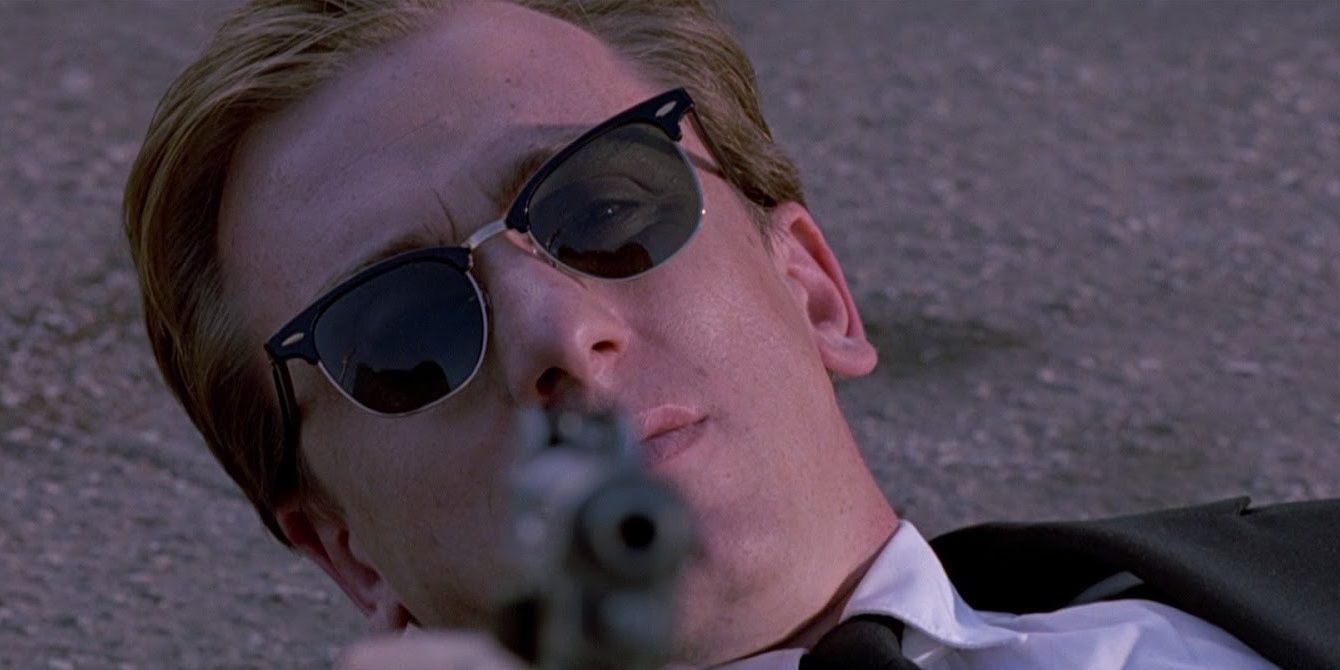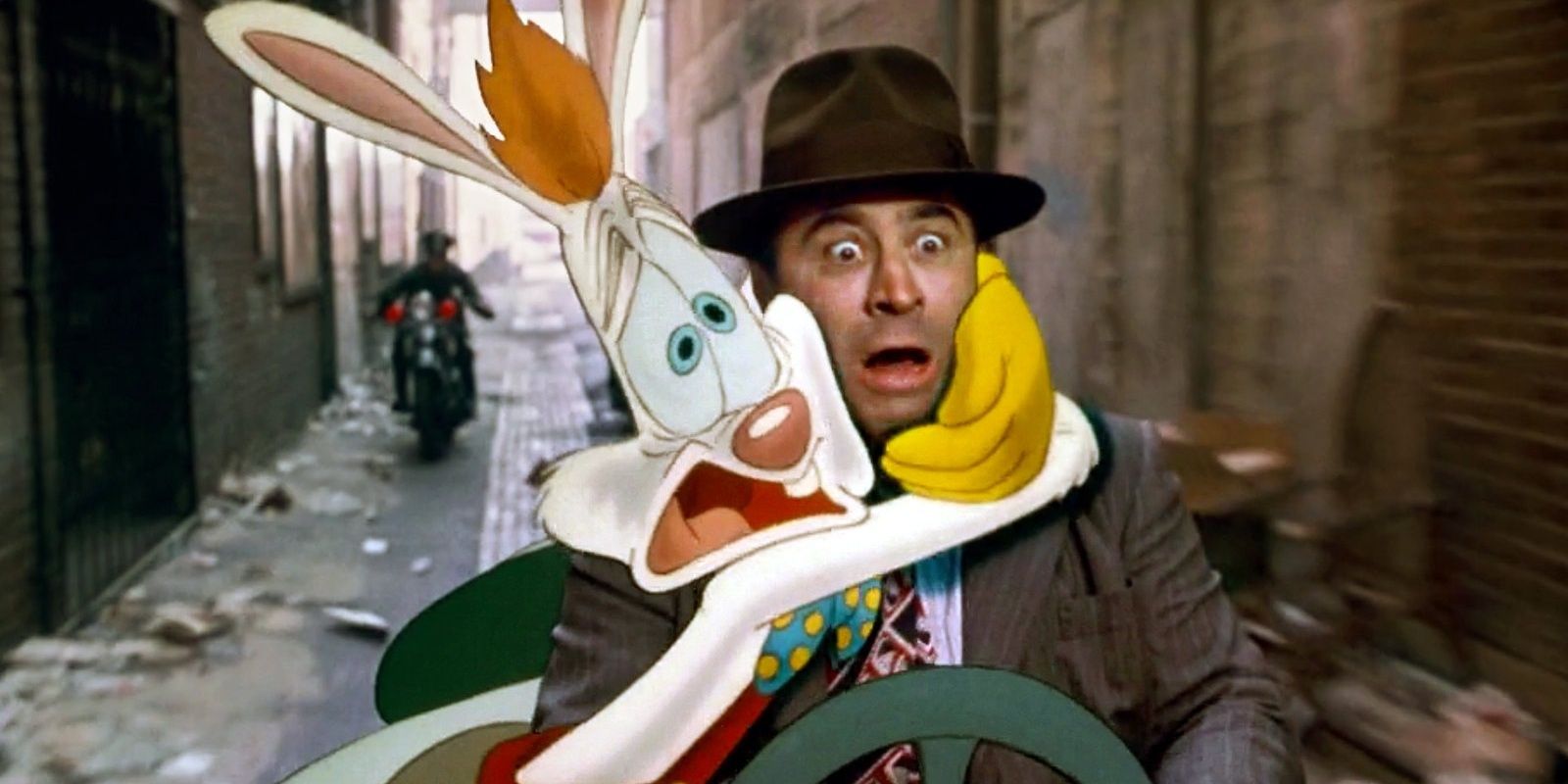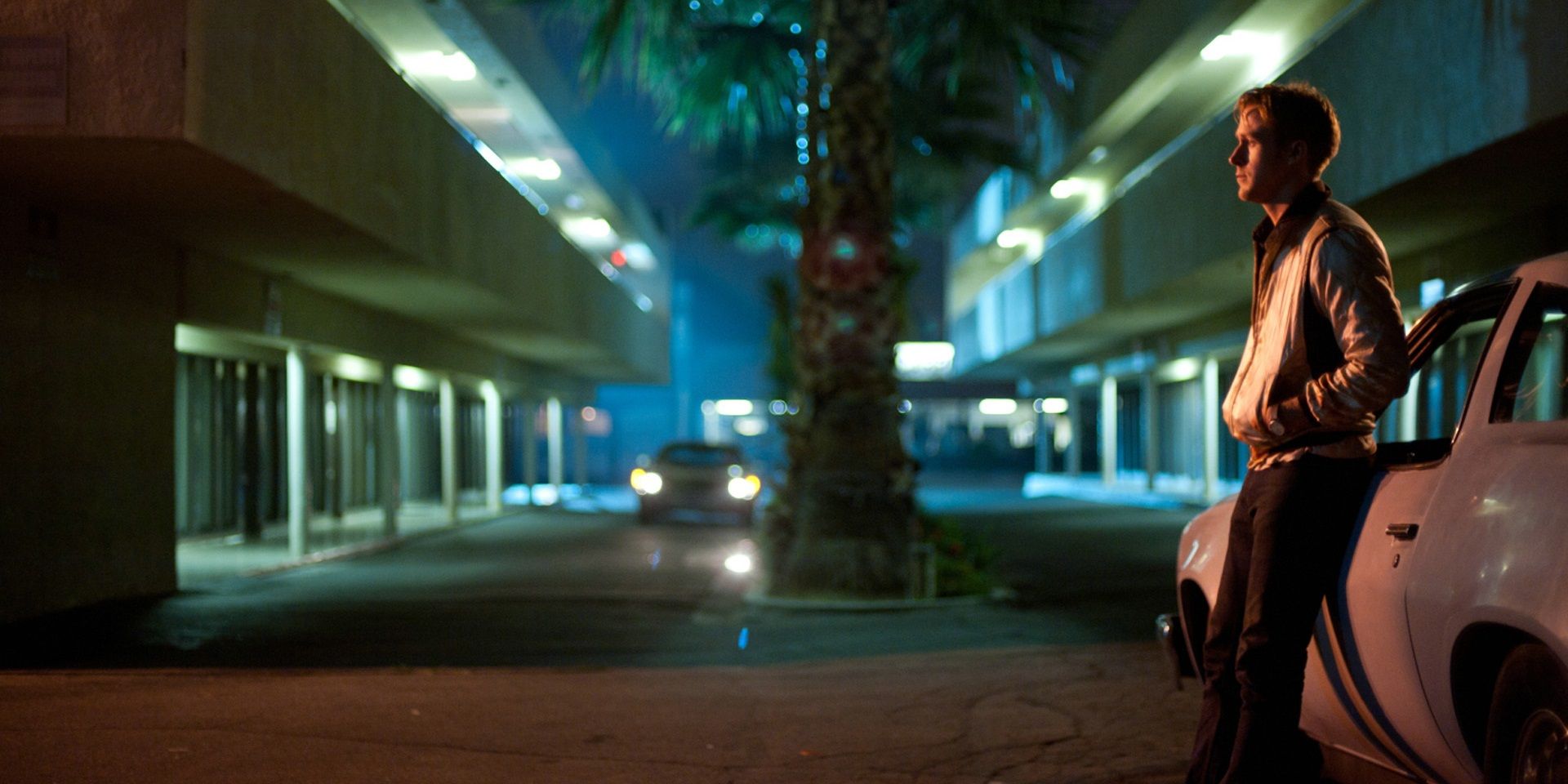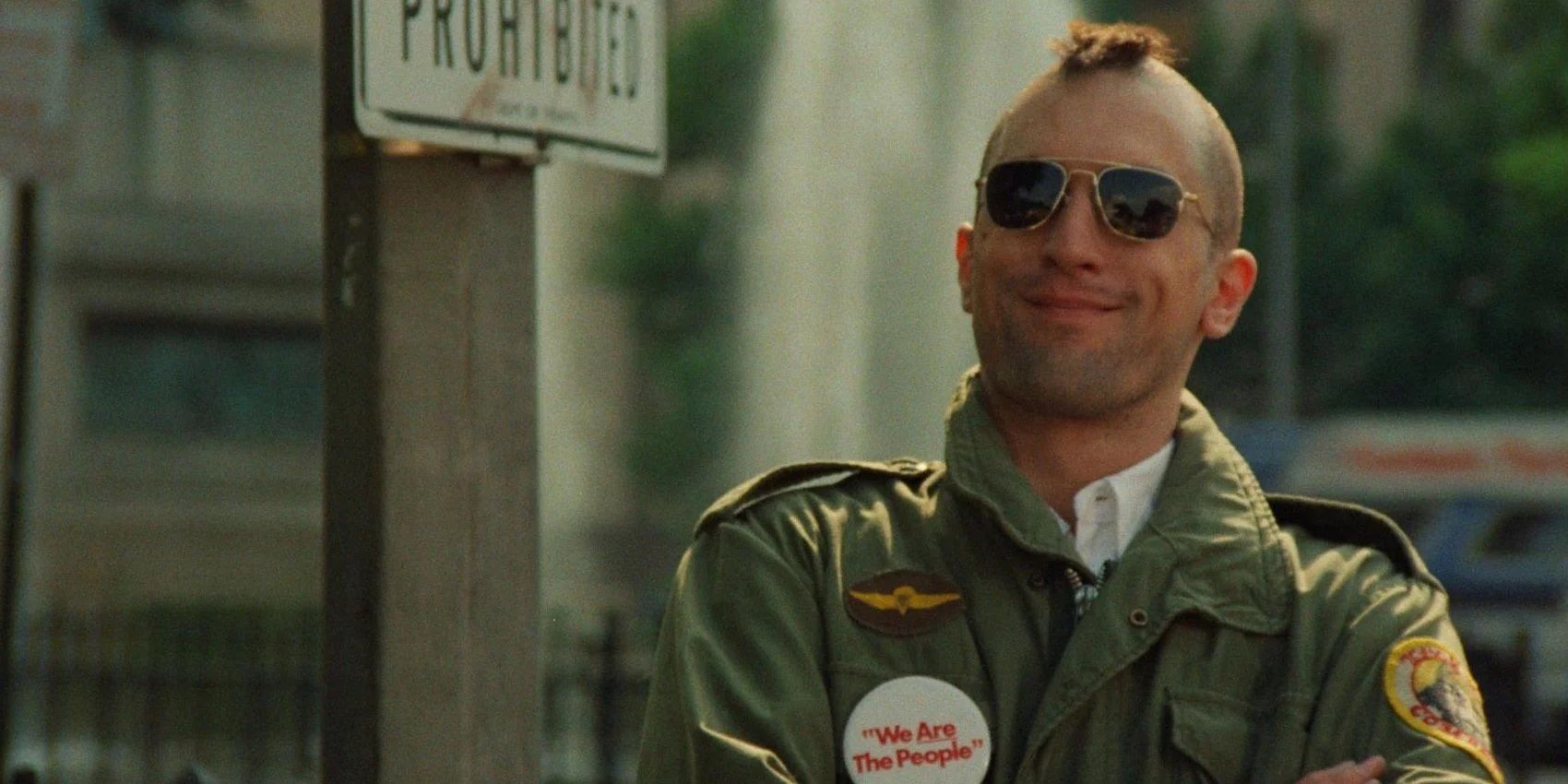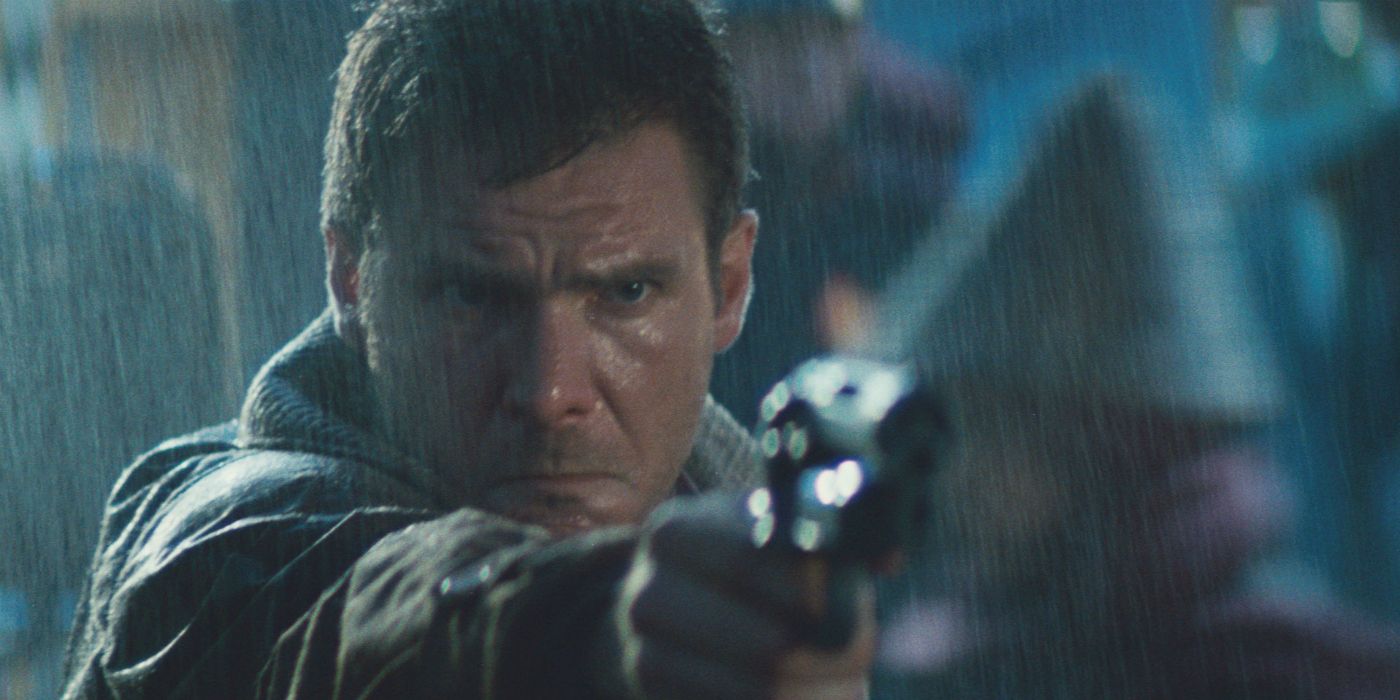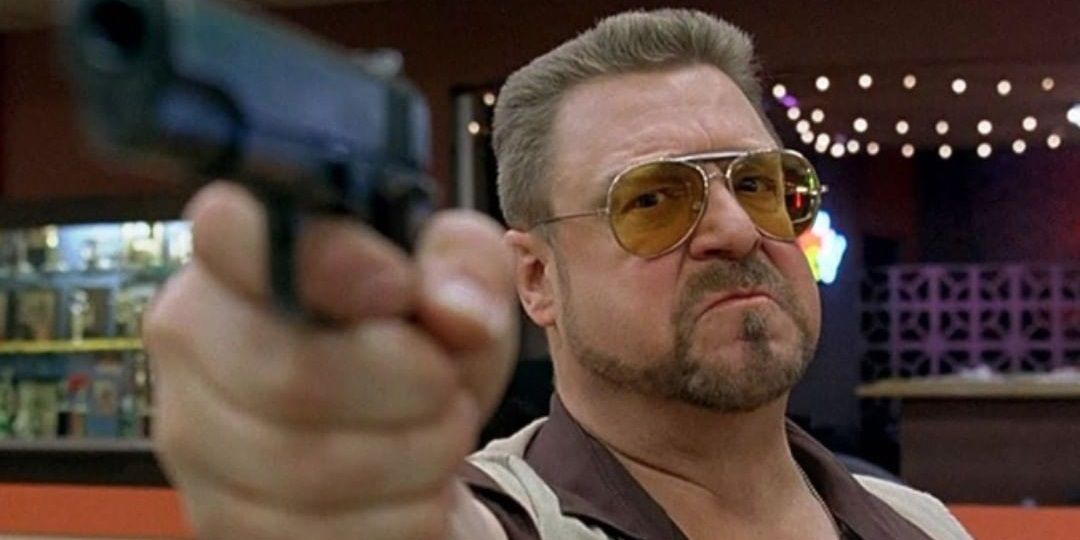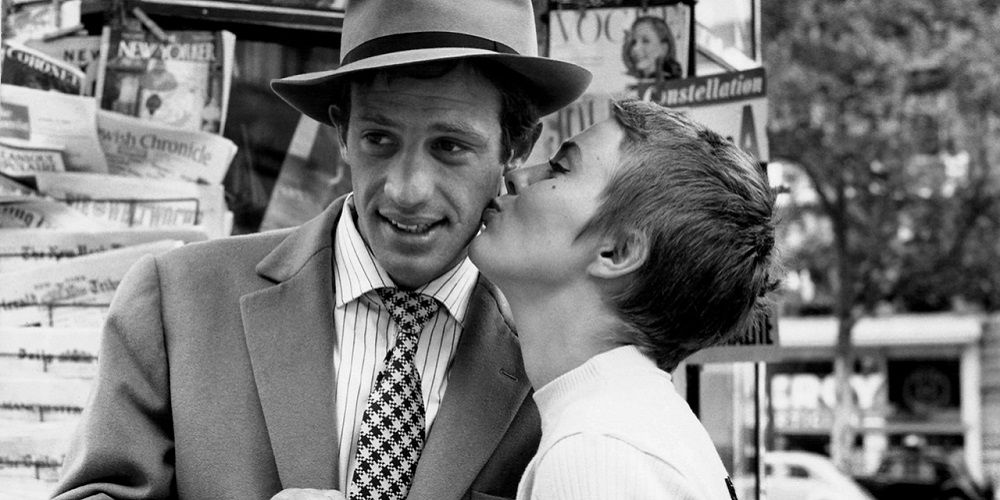The film noir is one of the most essential genres in movie history. Some of the greatest movies ever made were film noirs: Double Indemnity, Sunset Boulevard, Kiss Me Deadly. But like any genre that’s been around for a few decades, the tropes of the noir eventually became rigid and stale, audiences moved on from the kind of hero those movies peddled, and at least in its traditional form, the film noir slowly died out.
Fortunately, as with any genre in a slump, this presented storytellers with an opportunity to pick apart the noir’s carcass like a swarm of vultures, deconstructing its conventions and contemporizing its messages. Shane Black’s Kiss Kiss Bang Bang is a prime example of a postmodern noir, but it was hardly the first (or last).
Kiss Kiss Bang Bang (2005)
In a January 2020 appearance on The Joe Rogan Experience, Robert Downey, Jr. bypassed all his Marvel blockbusters and declared Shane Black’s Kiss Kiss Bang Bang to be “the best film I’ve ever done.” Criminally underrated upon release, Kiss Kiss Bang Bang is slyly subversive in the way that only Black can pull off.
Starring Val Kilmer as a private eye and Robert Downey, Jr. as a crook-turned-actor helping him with a case, Kiss Kiss Bang Bang is a self-aware noir with a pitch-black comic sensibility.
The Long Goodbye (1973)
Robert Altman’s film adaptation of Raymond Chandler’s seminal mystery novel The Long Goodbye deconstructs both the tropes of film noir and the fragility of the American Dream.
Elliott Gould’s portrayal of Philip Marlowe offers a gritty counterpoint to Humphrey Bogart’s iconic take on the character. (In terms of Batmen, he’s Michael Keaton to Bogart’s Adam West.) The screenplay adaptation by Leigh Brackett – one of the greatest writers of all time, hailed as “the Queen of Space Opera” – who had previously penned 1946’s The Big Sleep for Bogart’s Marlowe, masterfully updated the then-tired cliché of the private eye for an even more disillusioned contemporary audience.
Killing Them Softly (2012)
On the surface, Andrew Dominik’s Killing Them Softly is a brutal crime thriller about the robbery of a mafia card game and the enforcer hired to solve it, and works spectacularly as just that with a star-studded cast including Brad Pitt, James Gandolfini, and Ray Liotta.
But there’s also a satirical undercurrent as the meltdown of the criminal economy in the wake of this heist becomes a poignant metaphor for the Great Recession.
Reservoir Dogs (1992)
Quentin Tarantino’s debut feature Reservoir Dogs is sort of a Möbius strip of cinematic influence. After directors like Howard Hawks and John Huston defined the American noir, French directors like Jean-Pierre Melville and Jean-Luc Godard deconstructed it overseas. Then, Tarantino brought Melville and Godard’s deconstruction of American noirs back to America.
The plot of Reservoir Dogs has been compared to Stanley Kubrick’s The Killing, but there are a few key differences, like not explicitly depicting the heist and telling the story out of order to maximize the tension. Reservoir Dogs is just as much of a breath of fresh air to new viewers today as it was to contemporary moviegoers in 1992.
Who Framed Roger Rabbit (1988)
Robert Zemeckis’ Who Framed Roger Rabbit is a traditional film noir with a twist: it’s set in a world in which humans co-exist with cartoon characters. This movie is one of the greatest blends of live-action and animation ever created, leaving Space Jam and Bedknobs and Broomsticks in its dust with all kinds of groundbreaking technical innovations.
The late, great Bob Hoskins stars as a detective prejudiced against cartoons who is tasked with proving a cartoon rabbit’s innocence when he’s accused of murder.
Drive (2011)
Nicolas Winding Refn’s slickly designed neo-noir Drive has a lot more to offer than just vibrant shots of a brooding Ryan Gosling driving through the neon-drenched streets of L.A., but those shots are so sumptuous that the movie would still be worth watching if that was the case.
The movie is actually a sharp subversion of the usual portrayal of violence in movies. After the Driver has slowly made a connection with his neighbor Irene, she’s horrified to see his true dark nature when he kicks a man to death in an elevator to protect her.
Taxi Driver (1976)
Whereas the film noirs of the ‘40s and ‘50s revolved around veterans of World War II and the Korean War, Martin Scorsese’s 1976 neo-noir masterpiece Taxi Driver tells the story of a Marine who returns from Vietnam with PTSD and insomnia. He fills his days and nights driving a cab around New York and eventually decides to take up arms and exact vigilante justice when he meets a 12-year-old prostitute.
In addition to the classics of film noir, Scorsese also used John Ford’s The Searchers as an influence on Taxi Driver, as both stories revolve around men setting out to save young girls, only to find that they don’t want to be saved.
Blade Runner (1982)
Three years after visiting space in Aliens, Ridley Scott set a hard-boiled film noir in the future. Chinatown pioneered the neo-noir subgenre, but Blade Runner introduced sci-fi elements to it.
Scott adapted the thought-provoking Philip K. Dick novel Do Androids Dream of Electric Sheep? with a few neat spins on noir tropes, like a cybernetic femme fatale and high-contrast lighting with neon lights.
The Big Lebowski (1988)
With The Big Lebowski, the Coen brothers presented a typically Chandleresque noir with one key difference: what if, instead of chain-smoking cigarettes, Philip Marlowe chain-smoked joints? Jeff “the Dude” Lebowski even blazes up in the middle of an exposition-laden monologue.
Jeff Bridges anchors the movie as a carefree, unemployed, White Russian-swilling, pot-smoking bowler stumbling through a convoluted mystery plot thanks to a case of mistaken identity, but he has strong support from Julianne Moore, Steve Buscemi, John Turturro, and especially John Goodman, giving one of his all-time strongest performances as hot-tempered Vietnam vet Walter Sobchak.
Breathless (1960)
Jean-Luc Godard’s directorial debut Breathless is often named as one of the greatest movies ever made, and a turning point in cinema history. It’s a self-aware riff on film noirs, as its protagonist Michel models himself after the screen persona of Humphrey Bogart.
In the opening scene, he steals a car and kills a police officer. The choppy editing robs Michel of his ice-cool Bogart moment and exemplifies the haunting reality of murder as the Hollywood spectacle is chipped away. Michel evades the cops for the rest of the movie by staying with an American student, and the film becomes a love story.

